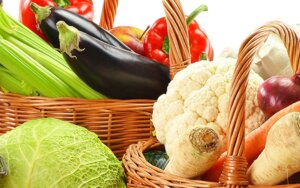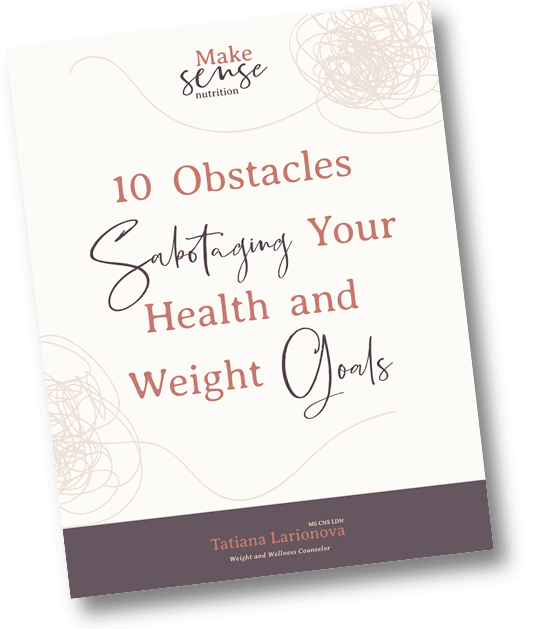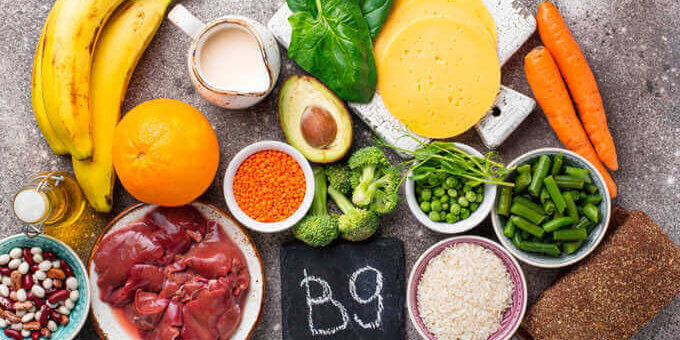Blog
Diet Diversity Matters
 We often speak of the importance of foods and their quality in our diet, how they effect our health, wellbeing and weight. But we don’t often bring up the diversity of our diets – actual number of foods we consume regularly. Would that matter at all, or keeping things simple with a handful of different foods will do?
We often speak of the importance of foods and their quality in our diet, how they effect our health, wellbeing and weight. But we don’t often bring up the diversity of our diets – actual number of foods we consume regularly. Would that matter at all, or keeping things simple with a handful of different foods will do?
It appears that keeping things simple does not promote healthy outcome, on contrary – it leaves us short of many benefits of various essential nutrients, as well as the importance of diet diversity for our gut microbiome, which plays a crucial role in regulating our metabolism, modulating innate and adaptive immune responses, maintaining gut membrane integrity, and protecting against pathogen invasion.
The relationship we have with our gut microbiota is influenced by several factors including diet. Diet composition, specifically its diversity of plant foods influences gut microbiota composition and, in turn, gut microbes produce metabolites as a result of degradation of nutrients, that effect processes and functions in our bodies. For example, Short Chain Fatty Acids (SCFAs), such as butyrate, acetate, and propionate are produced by the gut microbes from fermentation of dietary fiber (found only in plant foods) we eat, which are involved in improving energy metabolism, appetite downregulation, glucose balance, lipid oxidation (fat burning), and gut lining integrity.
Dietary sources of fiber are whole grains, legumes (beans, lentils, and peas), green leafy vegetable, starchy vegetables, nuts and seeds, and fruits.
Bright colors of various fresh fruits and vegetables are responsible for their phytochemicals and antioxidants content. These are natural compounds that provide pigments in fresh produce. The phytochemicals and nutrients within fruits and veggies work synergistically – meaning, that as food digests, two or more nutrients “team up” to do what neither of them could do as well on their own. As a result of extensive research, it was found that the colors of fruits and vegetables say a lot about their health benefits.
- Red/Purple/Blue. The plant compounds creating red pigments as well as purple and blue, are called anthocyanins. They’ve been found to have an effect against cancer, aging and neurological disease, chronic inflammation and diabetes. Fruits and veggies containing anthocyanins are cherries, cranberries, raspberries, red cabbage, strawberries, blackberry, blackcurrant, blueberry, Concord grape, eggplant, Muscadine grape, purple sweet potato.
- Red/Orange/Yellow. Lycopene is another red as well as orange and yellow pigment in produce. Research shows that it can help fight many forms of cancer, prevent and reverse heart disease, infertility, diabetes, age-related macular degeneration and cataracts, and osteoporosis. It also helps protect skin against sun damage (sort of an internal sunscreen). Lycopene is found in carrots, grapefruit, pumpkin, red bell pepper, sweet potato, winter squash varieties, tomato (more potent when cooked), watermelon.
- White. While colorless, white produce actually contain many vitamins and phytochemicals, including allicin (potent antimicrobial and immune-boosting compound in garlic and onion). White, tan, and brown fruits and vegetables help lower blood pressure and cholesterol, maintain heart health, and lower the risk of some cancers. Include these foods in your diet: cauliflower, garlic, onion, honeydew, mushrooms, pear, potato, white corn, white cabbage, jicama.
- Green. Chlorophyll is the element behind food green hues. Green foods are also rich in isothiocyanates, assisting the body in removing potentially carcinogenic compounds. Green produce contain vitamin K, folate, potassium, carotenoids and omega-3 fatty acids. Your green fare should include all green leafy vegetables (spinach, mustard greens, kale, collards, dandelion greens, arugula, spring mix, etc.), broccoli, brussel sprouts, parsley, cilantro, dill, bell peppers, zucchini, green beans, green onions, cucumber, and asparagus.
While adding all the colorful produce to your shopping cart all at once may be overwhelming and wasteful (what do I do with all this stuff???), challenge yourself to try one or two new items per week from the produce department. Look up recipes with these items that are easy to make, so you are set for success diversifying your diet and gut microbiota, improving your health and making your food interesting with more colors and flavors.
Stay nourished my friends!
References:
- Elena Mengheri, Diet Quality Is Associated with Microbial Diversity and Host Health, The Journal of Nutrition, Volume 149, Issue 9, September 2019, Pages 1489–1490, https://doi-org.une.idm.oclc.org/10.1093/jn/nxz141
- https://plantsforhumanhealth.ncsu.edu/2013/07/04/the-colors-of-patriotic-produce-reds-whites-and-blues/
- Schaeffer J. Color Me Healthy. Today’s Dietitian. Vol. 10 No. 11 P. 34. https://www.todaysdietitian.com/newarchives/110308p34.shtml
Check oUT OTHER RECENT POSTS
Nutrient Spotlight: Folate
Nutrient Spotlight: Selenium


Hello, I’m Tatiana. I am a Licensed Dietitian Nutritionist and a Certified Nutrition Specialist.
I help people
- normalize their relationships with food,
- peel off the layers of misunderstood physical, nutritional and emotional needs,
- lose weight as a side effect of finding peace with food,
- stop obsessing about food and
- start living the freedom!

FREE DOWNLOAD
What stops you from getting in your best shape?
- Do you spend hours searching for the latest, most effective diet?
- Are you exhausted from using up so much energy and mental space on dieting and weight solutions?
- Are you uneasy around food and can’t seem to trust yourself to eat just enough for your body?
- Do you deal with challenges getting in the way of your healthy eating goals?
I’ve compiled this free tool - a list of 10 Obstacles Sabotaging your Health and Weight Goals that will help you pinpoint challenges you are dealing with that stop you from moving forward.



